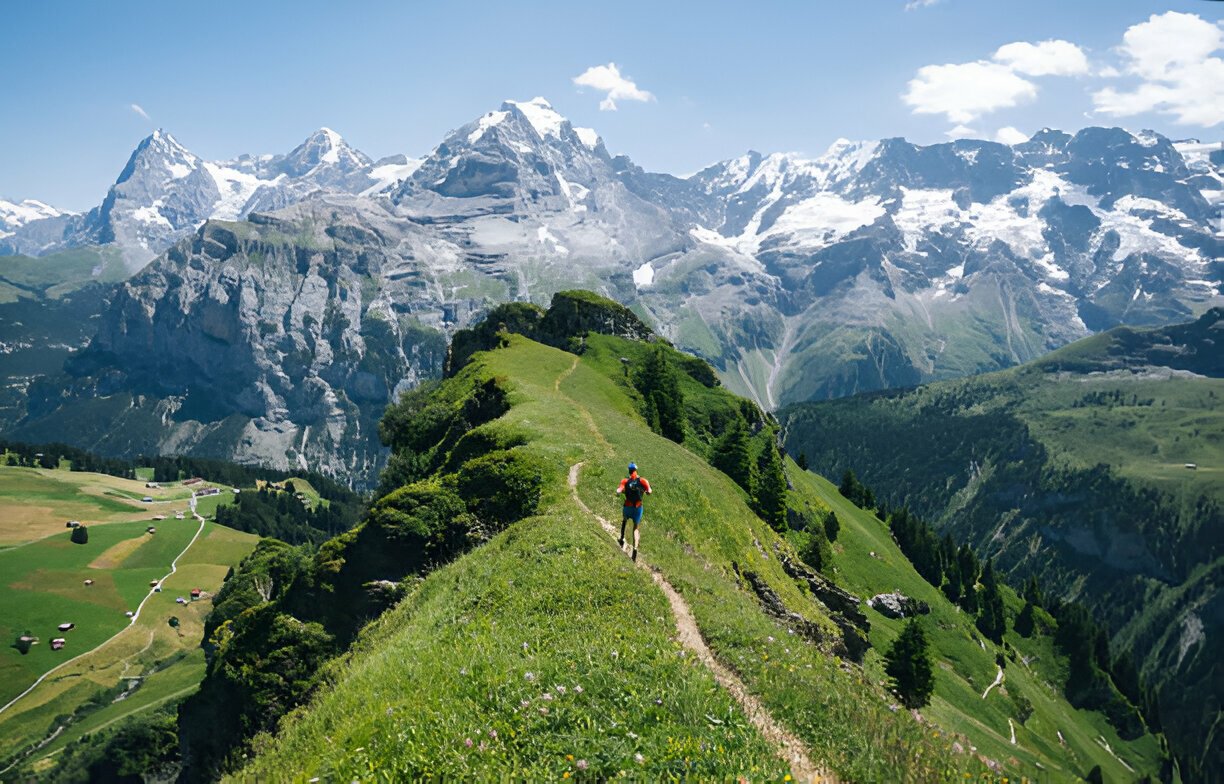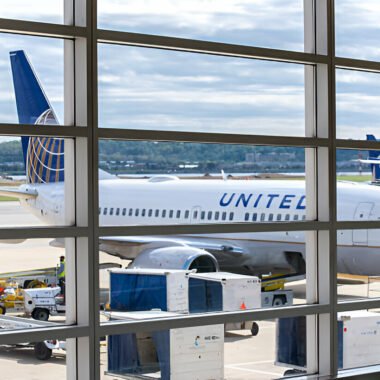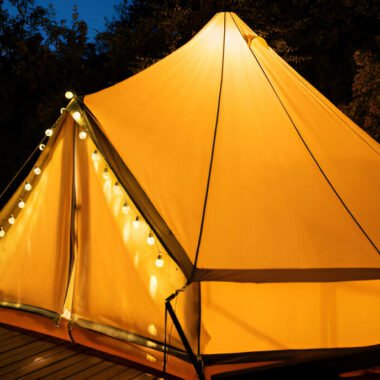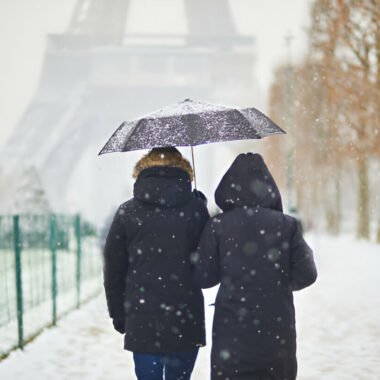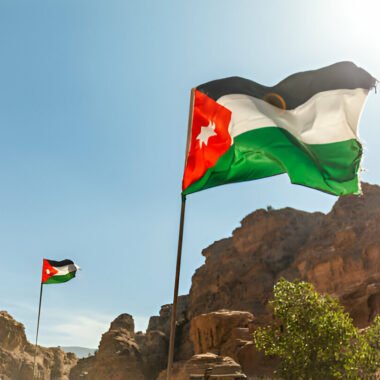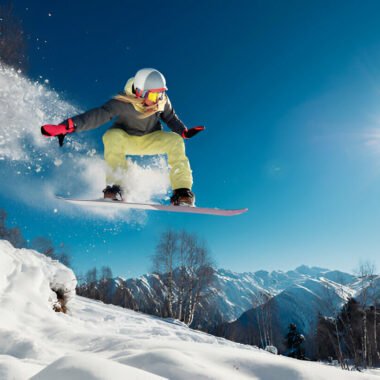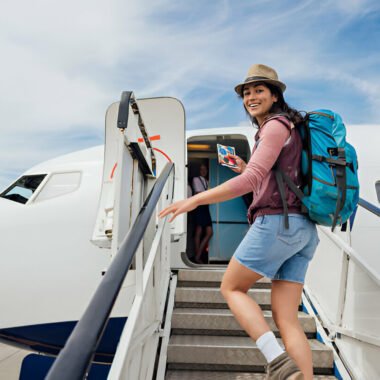Table of Contents
Mountain climbing is an exhilarating and challenging adventure that requires the right equipment to ensure safety, comfort, and success. Whether you’re a seasoned climber or a beginner, having the proper gear is crucial. Let’s dive into the essential equipment you need for mountain climbing.
Clothing and Footwear
Base Layers
Your base layer is your first line of defense against the elements. Choose moisture-wicking fabrics that keep sweat away from your skin, such as merino wool or synthetic materials. These fabrics help regulate your body temperature, keeping you dry and comfortable.
Insulating Layers
The insulating layer is designed to retain your body heat. Fleece and down jackets are popular choices. Fleece is breathable and dries quickly, while down jackets provide excellent warmth without adding much weight.
Outer Shell
Your outer shell should be both waterproof and windproof. Look for jackets and pants made from Gore-Tex or similar materials. These garments protect you from wind, rain, and snow, ensuring you stay dry and warm.
Climbing Boots
Choosing the right climbing boots is essential. They should provide good ankle support, have a stiff sole for technical climbing, and fit comfortably. Consider trying on several pairs to find the perfect fit for your feet.
Climbing Gear
Harnesses
A climbing harness is a critical piece of equipment. There are different types of harnesses for various climbing styles. Ensure it fits snugly around your waist and legs, providing comfort and security.
Ropes
Climbing ropes come in two main types: dynamic and static. Dynamic ropes are used for lead climbing because they stretch to absorb the impact of a fall. Static ropes are used for abseiling and hauling gear, as they don’t stretch.
Carabiners
Carabiners are metal loops with spring-loaded gates used to connect various climbing components. Locking carabiners offer added security, while non-locking carabiners are used for quickdraws and less critical connections.
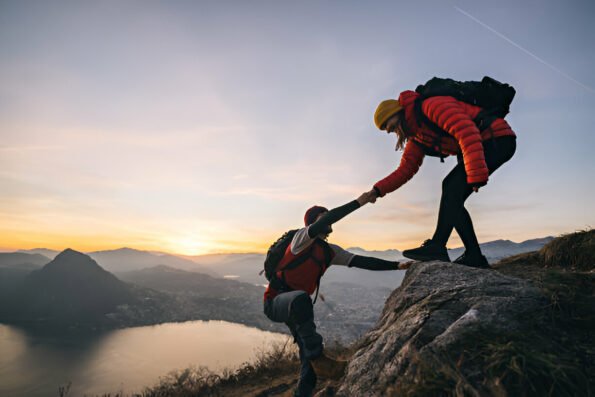
Protection Equipment
Helmets
Wearing a helmet is non-negotiable. It protects your head from falling rocks and impacts. Make sure it fits well and is comfortable enough to wear for extended periods.
Belay Devices
Belay devices help control the rope during climbing. There are various types, including tube-style and assisted-braking devices. Choose one that matches your climbing style and skill level.
Ascenders and Descenders
Ascenders are used for climbing up a rope, while descenders help you control your descent. They are essential for technical climbs where you need to navigate vertical sections efficiently.
Navigation Tools
Maps and Compasses
Even with modern technology, traditional navigation tools are indispensable. Learn basic map and compass skills to navigate when GPS devices fail.
GPS Devices
GPS devices provide accurate location information and route tracking. They are incredibly useful but should not replace traditional navigation skills.
Altimeters
Altimeters measure your elevation, helping you track your ascent and descent. This information is vital for navigation and managing your pace.
Camping and Survival Gear
Tents
A good tent is crucial for multi-day climbs. Look for tents that are weather-resistant and lightweight. They should be easy to set up and provide adequate shelter.
Sleeping Bags
Sleeping bags come with different temperature ratings. Choose one that matches the coldest temperatures you expect to encounter. Down sleeping bags are lightweight and packable, but synthetic bags perform better in wet conditions.
Cooking Equipment
Lightweight stoves and utensils make cooking on the mountain more manageable. Consider compact, efficient stoves that work well in windy and cold conditions.
Health and Safety Items
First Aid Kits
A well-stocked first aid kit can be a lifesaver. Include bandages, antiseptics, pain relievers, and any personal medications. Be familiar with basic first aid procedures.
Hydration Systems
Staying hydrated is critical. Use hydration bladders for easy access to water while climbing. Water bottles are also essential, and both should be durable and easy to refill.
Sun Protection
High altitudes increase UV exposure. Protect your skin with sunscreen and wear UV-blocking sunglasses to shield your eyes from the intense sunlight.
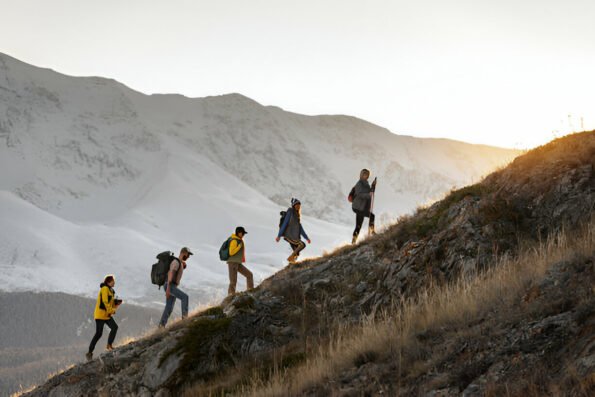
Food and Nutrition
High-Energy Snacks
Pack high-energy snacks like nuts, dried fruit, and energy bars. These provide quick and sustained energy boosts, essential for long climbs.
Meal Planning
Plan your meals to ensure you get enough calories. Dehydrated meals are lightweight and easy to prepare. Balance carbohydrates, proteins, and fats to maintain your energy levels.
Communication Devices
Two-Way Radios
Two-way radios are invaluable for communication with your climbing team. Choose models with a good range and long battery life.
Satellite Phones
For remote climbs, a satellite phone can be a critical lifeline in emergencies. Ensure you know how to use it and have it charged and ready.
Whistles
Simple but effective, whistles can signal for help if you get separated from your group or need to attract attention.
Training and Preparation
Physical Fitness
Mountain climbing demands physical strength and endurance. Focus on building your core, leg muscles, and cardiovascular fitness. Training hikes and climbing gyms can help prepare you.
Mental Preparation
Climbing can be mentally taxing. Develop strategies to cope with stress and fear, such as visualization techniques and breathing exercises. Mental resilience is as important as physical fitness.
Environmental Considerations
Leave No Trace Principles
Adopt Leave No Trace principles to minimize your impact on the environment. Pack out all trash, avoid disturbing wildlife, and stay on established trails.
Weather Monitoring
Keep an eye on the weather before and during your climb. Use weather apps and tools to get accurate forecasts and be prepared to adjust your plans as necessary.
Conclusion
Mountain climbing is a rewarding but demanding activity that requires thorough preparation and the right equipment. From clothing and climbing gear to navigation tools and safety items, each piece of equipment plays a crucial role in your success and safety. Always prioritize quality and fit, and never compromise on safety.
FAQs
What is the most important piece of equipment for mountain climbing? The most important piece of equipment is arguably your climbing boots. They provide the foundation for your entire climb, offering support, protection, and comfort.
How do I choose the right climbing boots? Choose boots that fit well, provide good ankle support, and have a stiff sole for technical climbing. Try on several pairs and consider the terrain you’ll be tackling.
What should be in a mountain climbing first aid kit? A mountain climbing first aid kit should include bandages, antiseptics, pain relievers, blister treatment, and any personal medications. Customize it based on the specific needs of your climb.
How can I ensure my safety while mountain climbing? Ensure your safety by using the right equipment, maintaining good physical fitness, practicing navigation skills, monitoring the weather, and climbing with a partner or group.
What are some essential tips for beginners? Beginners should focus on physical conditioning, learn basic climbing and navigation skills, invest in quality gear, and start with less challenging climbs to build experience and confidence.

